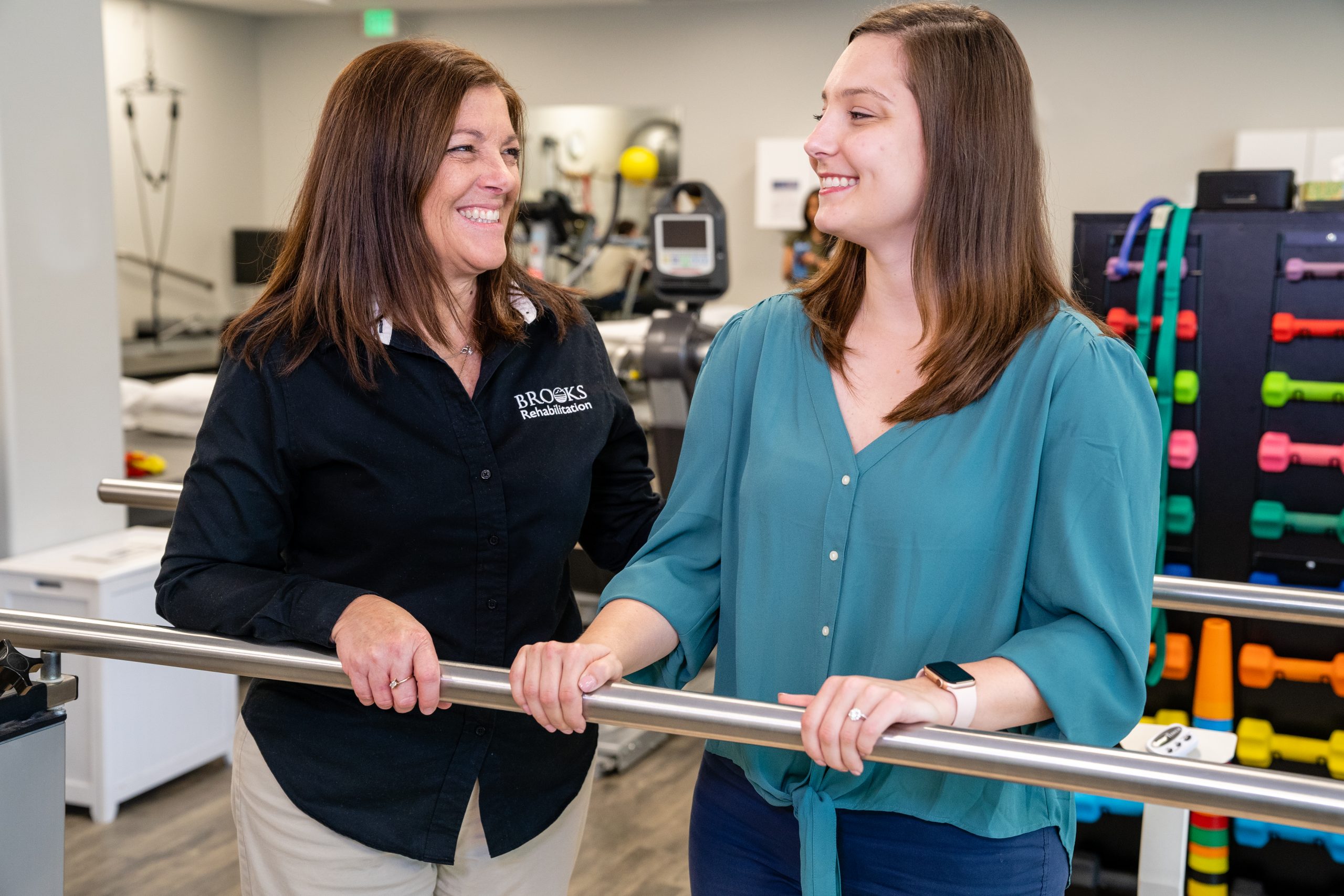It’s Common, but Not NORMAL!

Back to physical health resource hub
“Well, it’s just a part of aging, I suppose.”
Many people accept the fact that they “leak” urine as a part of the aging process. The truth is that while incontinence of any sort can be common, it is not normal. Many don’t even realize that these symptoms many suddenly appear after a major shift in health status, such as an accident, injury, surgery, illness, or treatment for cancer.
What is incontinence?
Most people think of “leaking” with laughing, coughing, or sneezing, or even with exercise (stress incontinence). There are varying degrees and types of incontinence, which is why it is so important to be honest about all symptoms with your physician or therapist. Constipation, changes to bowel and bladder habits, and even changes to intestinal gas are important symptoms to discuss, whether they are new to you or have been a long-term problem. Not every symptom points to the same cause, so a thorough and detailed health history, as well as medication list, can be very helpful in identifying the cause and therefore help the therapist design the proper, and most effective, therapy program.
Certain injuries to the neck or low back can lead to a sudden onset of bowel and bladder difficulties. Others will find new onset of incontinence after a prostatectomy, hysterectomy, or orthopedic surgeries of the pelvis or back. After suffering through an illness or injury, many assume the new onset of increased urinary frequency, urinary incontinence, or decreased bowel control are unrelated symptoms, and often write it off with reluctant acceptance. In some cases, such as a neurological disorder or spinal cord injury, incontinence may need to be managed but may not be 100% resolved. In almost every case, however, pelvic floor physical therapy can provide strategies for improving your condition and will educate on dietary and lifestyle changes that can decrease the impact these symptoms have on your quality of life. In most cases, however, incontinence and pelvic floor dysfunction can be treated conservatively with minor lifestyle changes and a personalized exercise program targeted to your specific needs.
Pelvic floor disorders are often underdiagnosed, brushed off as a part of the aging process, or accepted as a part of pregnancy and childbirth. While these issues can contribute to the cause, is usually very treatable. While there are certain neurological disorders and injuries that can lead to untreatable incontinence of urine or feces, most cases can be treated conservatively with good success.
Whether your symptoms started after a surgery or accident, or as a result of illness, or if you’ve had them for several years, pelvic floor physical therapy could be the answer that you’ve been seeking. Speak to your physician today after a referral for an evaluation.


